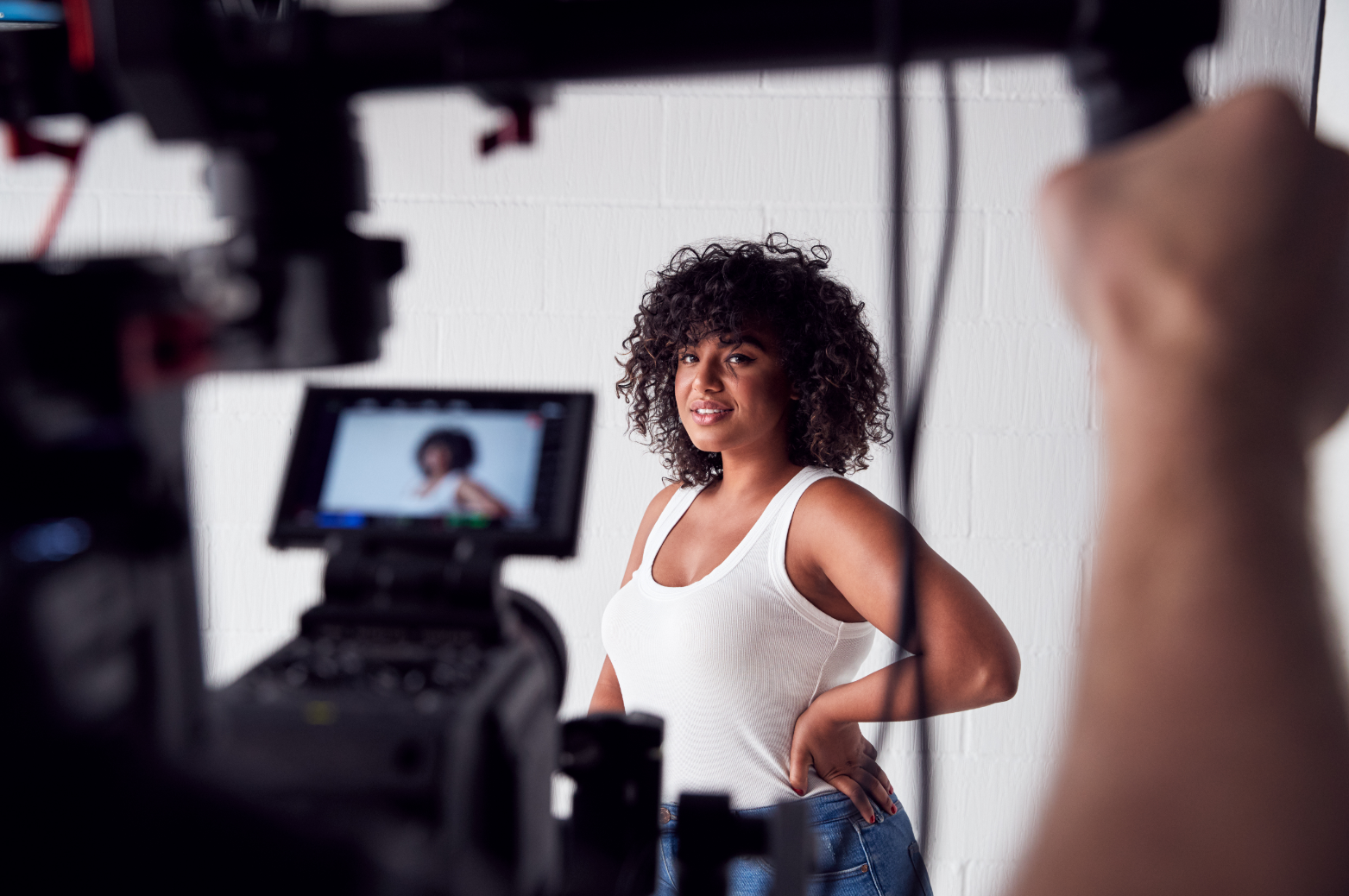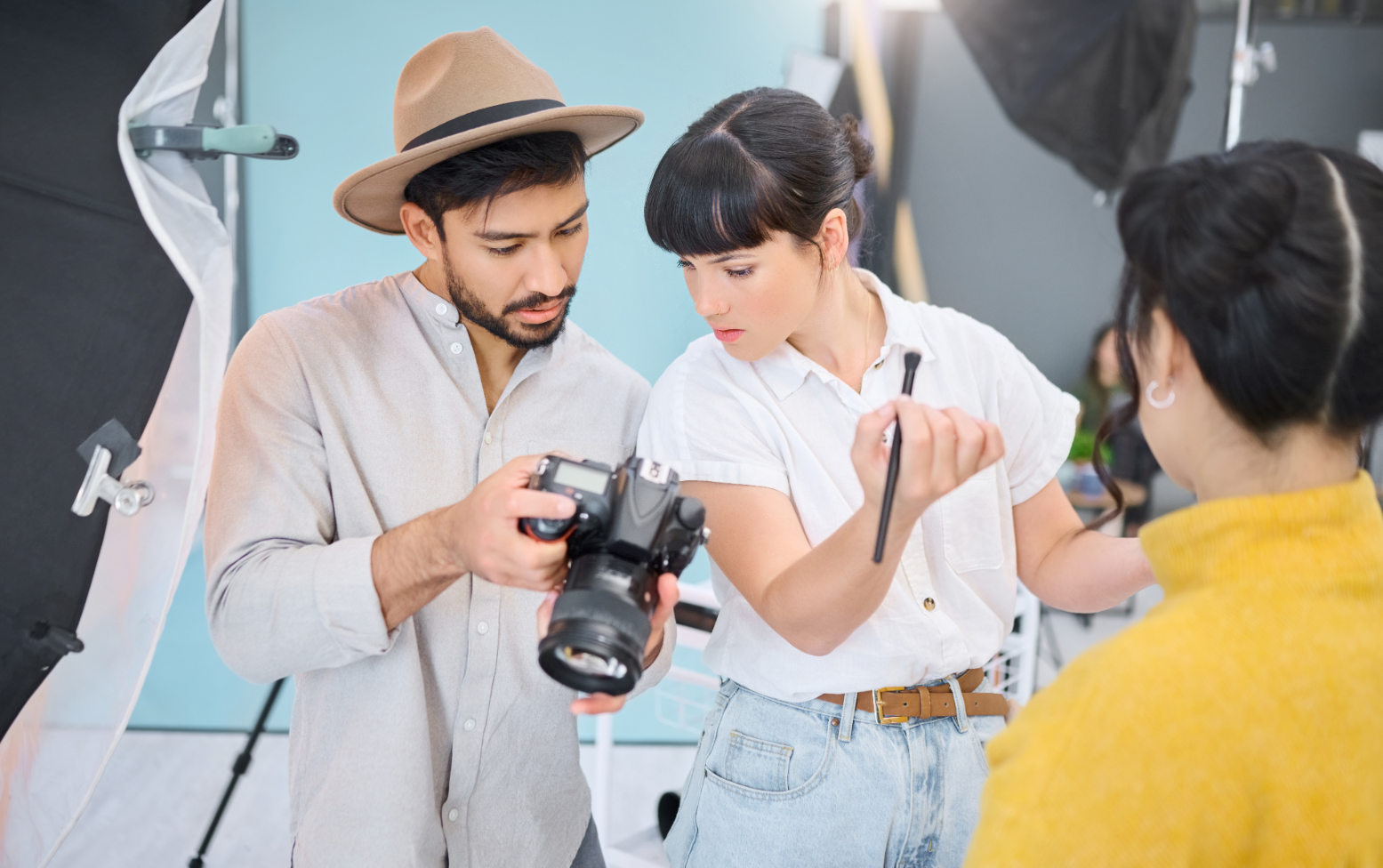Next-Gen Production: 5 Game-Changing Techniques for Filmmakers

The world of filmmaking is a dynamic canvas, constantly being repainted by innovation. Just when we think we've mastered the tools of the trade, a new brushstroke of technology emerges, fundamentally altering how stories are brought to life. We're moving beyond traditional soundstages and linear workflows into an era where virtual worlds intersect with physical ones, where artificial intelligence assists human creativity, and where global collaboration is more seamless than ever before.
For modern filmmakers, embracing these "next-gen" techniques isn't just about staying current; it's about unlocking unprecedented creative freedom, optimizing budgets, and pushing the boundaries of visual storytelling. At FilmBaker, we're passionate about exploring these advancements. Let's dive into five game-changing techniques that are reshaping the production landscape and how you can start integrating them into your projects.
1. Virtual Production: Stepping Onto Digital Soundstages
Perhaps the most talked-about revolution in recent years, virtual production harnesses real-time rendering engines (like Unreal Engine or Unity) and massive LED volumes to create immersive digital environments that actors perform within. Instead of shooting against a green screen and adding VFX in post, these backgrounds are rendered in real-time, in-camera, providing immediate visual feedback and significantly reducing post-production time and costs. Think of the seamless worlds in shows like The Mandalorian, where vast alien landscapes were right there on set.
This technique offers incredible creative flexibility, allowing filmmakers to scout locations instantly, adjust time of day or weather conditions with a few clicks, and ensure actors react organically to their surroundings. It also minimizes travel, reduces logistical complexities, and gives directors unparalleled control over the final image from the moment they hit record. While the initial investment in LED volumes can be substantial, the long-term savings in post-production and the enhanced on-set experience often make it a worthwhile venture for projects of varying scales.
Practical Tip for Virtual Production:
- Start with Virtual Scouting & Pre-visualization: You don't need a full LED stage to benefit. Use real-time engines for detailed pre-visualization, allowing you to block scenes, test camera angles, and explore virtual locations long before physical production begins. This saves valuable on-set time and helps streamline creative decisions.
2. AI-Powered Workflows: Smarter Pre- and Post-Production
Artificial intelligence is no longer just a futuristic concept; it's becoming an invaluable assistant across the entire production pipeline. From intelligent script analysis that predicts budget implications and identifies key elements, to automated shot listing and scheduling optimization, AI can significantly reduce the manual workload in pre-production. In post-production, AI tools are even more prevalent, offering capabilities like automated video upscaling, noise reduction, intelligent color grading suggestions, and even initial rough cuts based on script and dialogue cues. Imagine an AI that can comb through hours of dailies to find the best takes based on performance metrics.
The beauty of AI in filmmaking lies in its ability to handle repetitive, data-intensive tasks, freeing up human creatives to focus on the artistic and conceptual aspects. It's about augmenting human talent, not replacing it. While AI isn't directing your film or writing your masterpiece, it can provide powerful insights, accelerate tedious processes, and unlock efficiencies that were previously unimaginable, allowing more time and resources to be dedicated to creative refinement.
Practical Tip for AI-Powered Workflows:
- Leverage AI for Transcription and Initial Edits: Many platforms now offer AI-powered transcription services that can accurately transcribe dialogue and even generate initial assembly edits based on your script, syncing audio and video. This can drastically cut down on the time spent logging footage and preparing for the main edit.
3. Cloud-Native Collaboration: Breaking Down Geographic Barriers
In an increasingly globalized industry, the ability to collaborate seamlessly across different locations is paramount. Cloud-native workflows facilitate this by hosting all production assets – footage, edits, scripts, VFX files – in a centralized, secure cloud environment. This enables multiple team members, from editors and colorists to sound designers and producers, to access, review, and work on the same project files simultaneously, regardless of their physical location. Real-time feedback loops and version control become effortless, eliminating the delays associated with transferring large files or managing disparate local copies.
Beyond geographical flexibility, cloud workflows offer enhanced security, disaster recovery, and scalability. Teams can quickly scale up storage and processing power as needed, and the risk of data loss due to local hardware failures is significantly mitigated. This approach not only boosts efficiency and reduces logistical headaches but also opens up a wider talent pool, allowing filmmakers to collaborate with the best artists from anywhere in the world.
Practical Tip for Cloud-Native Collaboration:
- Invest in a Secure Cloud Media Asset Management (MAM) System: For projects with multiple collaborators, a dedicated MAM system in the cloud (e.g., Frame.io, Media Composer | Enterprise, or custom solutions) ensures organized storage, robust version control, and secure sharing, making collaborative editing and review processes infinitely smoother.
4. Generative AI for Asset Creation & Rapid Prototyping
Building on the power of AI, generative models are revolutionizing the speed and accessibility of asset creation. Tools like Midjourney, Stable Diffusion, and various text-to-3D/texture generators allow filmmakers and artists to rapidly produce concept art, storyboards, background elements, textures, and even basic 3D models with simple text prompts. Need a unique creature design or a specific futuristic cityscape? Generative AI can produce dozens of variations in minutes, serving as powerful inspiration and a starting point for traditional artists.
This capability dramatically accelerates the pre-production and visualization phases. Instead of waiting days or weeks for concept artists, directors can iterate on ideas almost instantly, testing different aesthetics and moods. While these tools currently require significant human refinement, they are invaluable for rapid prototyping, breaking creative blocks, and generating high-quality placeholder assets for initial visualizations and pitch decks, saving immense time and budget in the early stages of a project.
Practical Tip for Generative AI:
- Use AI for Mood Boards and Visual Inspiration: Before hiring a concept artist, use generative AI to create detailed mood boards and visual prompts. This helps articulate your vision more clearly, provides a strong foundation for your artists, and can even inform early decisions on lighting, color palettes, and production design.
5. Volumetric Capture & Photogrammetry: The Reality Engine
When realism is paramount, volumetric capture and photogrammetry offer groundbreaking solutions. Volumetric capture involves using multiple cameras to record a subject (an actor, an object) from all angles simultaneously, creating a truly three-dimensional, 'holographic' digital asset that can be viewed and manipulated from any perspective. This goes far beyond traditional green-screen techniques, allowing for incredibly lifelike digital doubles or performances that can be inserted into any virtual environment, complete with natural depth and lighting interactions.
Photogrammetry, on the other hand, uses numerous photographs taken from different angles to reconstruct incredibly detailed 3D models of real-world objects, environments, or even entire sets. This allows filmmakers to create hyper-realistic digital assets with precise textures and geometry, perfect for historical recreations, intricate prop designs, or detailed environment extensions. These techniques bridge the gap between the physical and digital, offering unparalleled fidelity and flexibility for visual effects.
Practical Tip for Volumetric Capture & Photogrammetry:
- Scan Key Props and Locations for VFX Integration: Even if you're not doing full volumetric capture, use photogrammetry to scan key props, practical sets, or even specific actors' costumes. These highly accurate 3D models serve as invaluable references for your VFX team, ensuring seamless integration of digital elements with live-action footage.
Conclusion: The Future is Now
The landscape of filmmaking is evolving at an exhilarating pace, and these five techniques are just the tip of the iceberg. From virtual soundstages and AI-powered assistants to globally connected cloud workflows and hyper-realistic digital assets, the tools available to today's filmmakers offer unprecedented opportunities for creative expression and efficient production. Embracing these advancements isn't about chasing fads; it's about equipping yourself with the capabilities to tell stories in ways previously thought impossible, all while optimizing your resources.
The future of filmmaking is collaborative, intelligent, and immersive. By understanding and integrating these next-gen techniques, you're not just keeping up with the industry; you're helping to define its future. Ready to explore how these technologies can transform your next project? We'd love to hear from you. Connect with FilmBaker today and let's start baking some cinematic magic!


